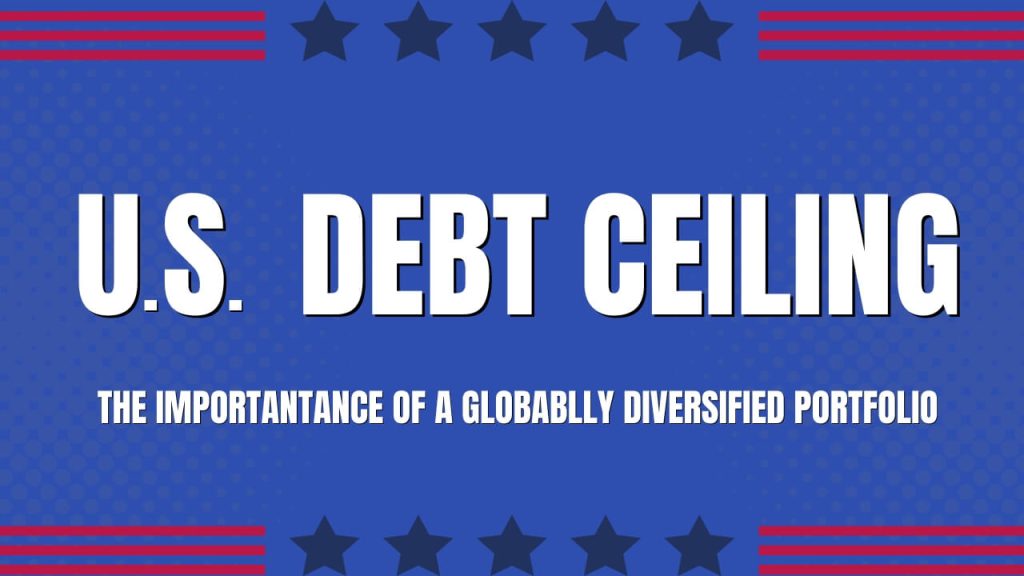Once again, we find ourselves witnessing drama due to the debt ceiling in Washington. This political theater tends to unfold when Congress and the White House are controlled by different parties. The party in Congress tries to exploit the issue to gain leverage and political concessions.
The frustrating aspect of this situation is that the world economy is held hostage for weeks. Meanwhile these politicians “diligently” work to resolve the crisis they themselves created. Then, at the last minute, they strike a deal and portray themselves as heroes.
What is the debt ceiling?
The debt ceiling represents the maximum amount of money authorized by Congress for the government to borrow. According to Treasury Secretary Janet Yellen, the US is currently on track to exhaust its funds to pay debts next week (June 1st). However, this is not an unfamiliar scenario. The US has had to raise its debt ceiling many times before. In fact, Congress has approved raising the debt ceiling 78 times since 1960.
Why hasn’t Congress raised the debt ceiling?
The Republicans are demanding spending cuts before agreeing to raise the debt ceiling. The Democrats are asking for the debt ceiling to be increased first, followed by negotiations on spending cuts, which the Republicans are not interested in.
What is likely to happen?
If a deal is not reached, we would witness a situation where a global superpower runs out of money to fund all its expenses. The government would be forced to prioritize its payments since it can no longer borrow money to cover everything. This could include debt payments, Social Security, Medicare, military spending, and more. However, it is safe to say that nobody with any common sense in Washington thinks this scenario would be a wise choice. A deal will most likely be struck, but probably at the last minute.
What should you do?
It is important to keep in mind that Congress has never failed to increase the debt ceiling, so the implications for investors are not entirely clear. Alarming scenarios most likely will dominate the headlines in the coming weeks. As an investor, your most crucial risk management tool in times of uncertainty is diversification. While a US government default would undoubtedly create shockwaves in global markets, having a portfolio consisting of diversified global equity and fixed-income investments would be your best strategy to weather the storm (which you currently all have as clients).
Summary:
- This political theater occurs when Congress and the White House are controlled by different parties, with Congress using the debt ceiling as leverage for concessions.
- A last-minute deal is likely to be reached.
- Market volatility can be expected in the days leading up to the deadline.
- Maintaining a globally diversified portfolio is the most effective approach during times of uncertainty.









